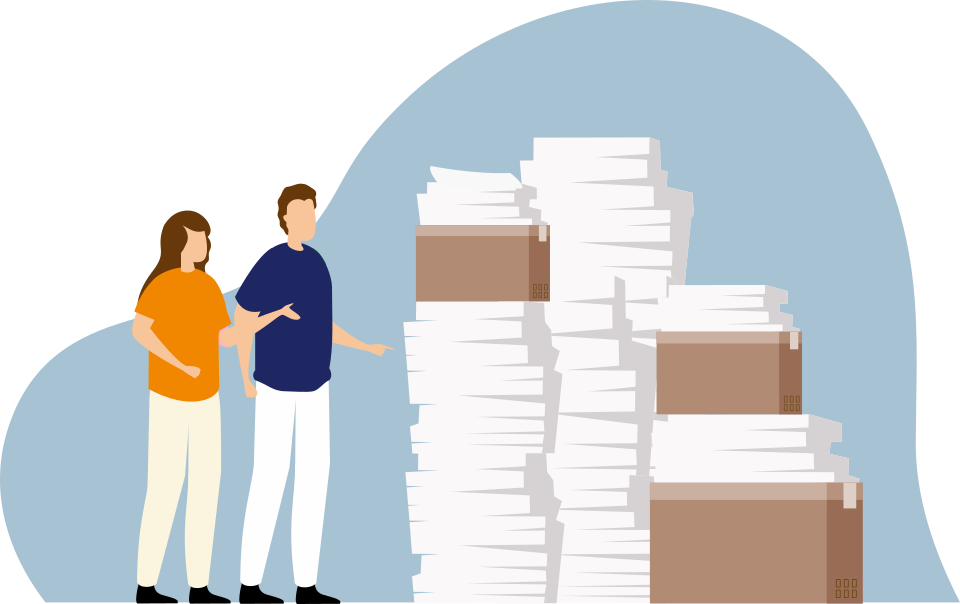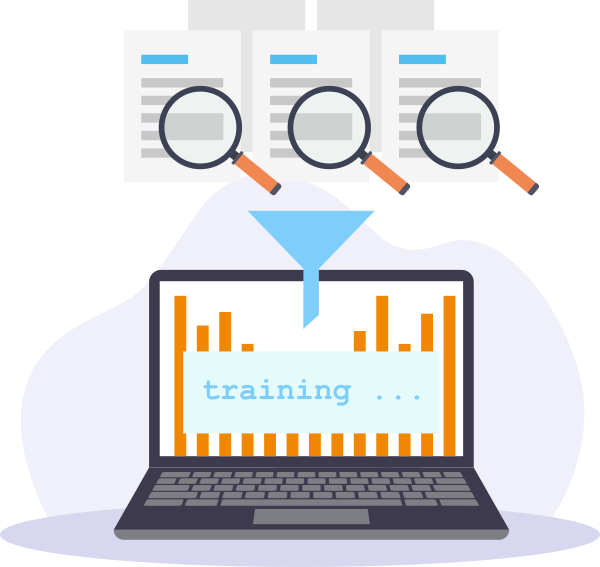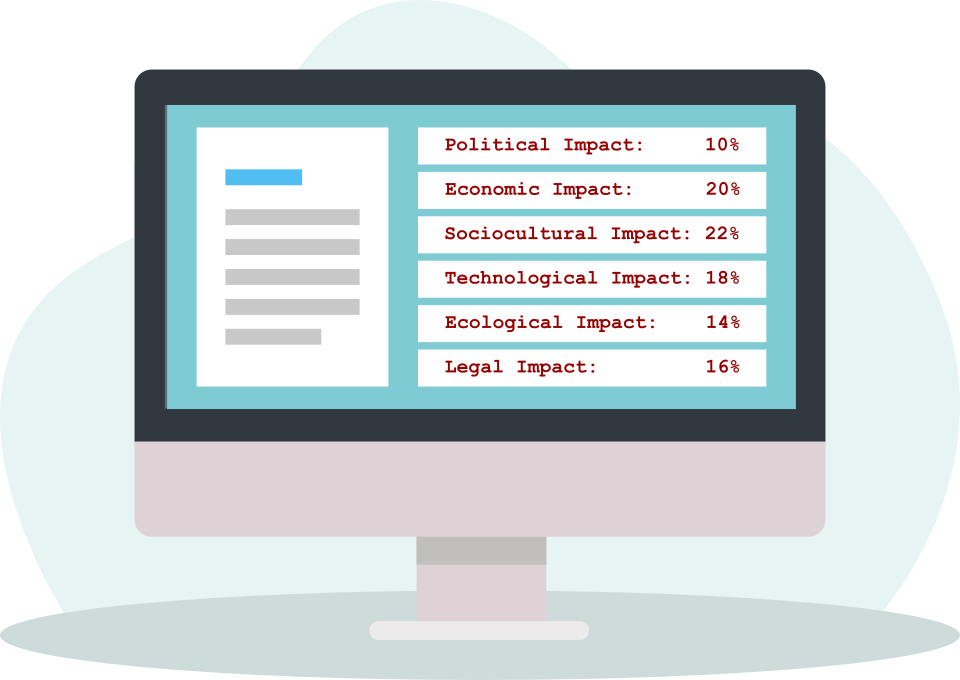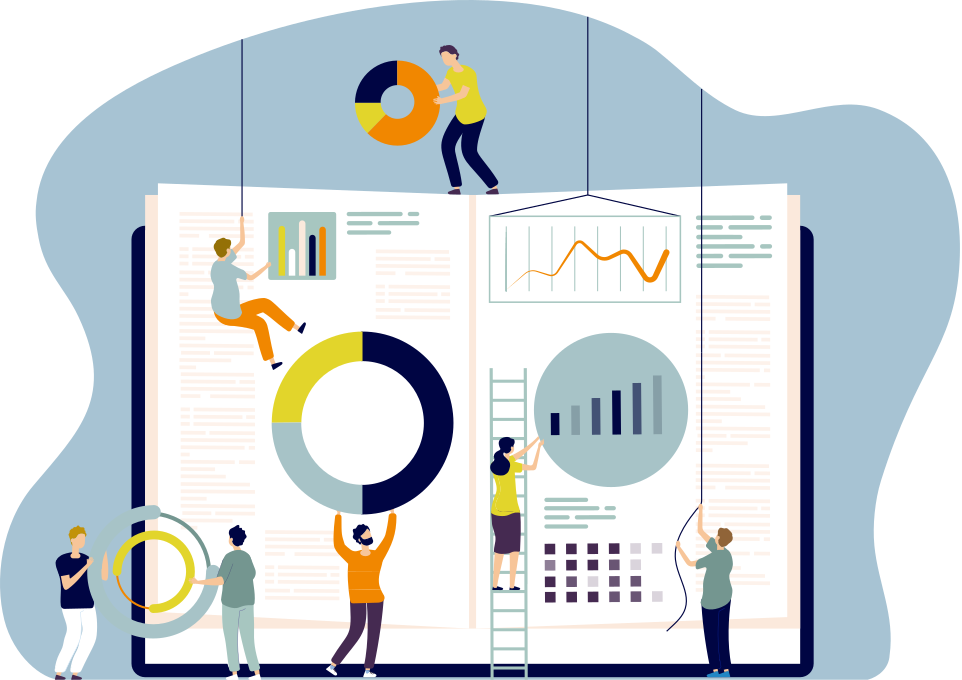The Issue
Important research results gather dust in the archives

At the end of a research project – no matter which discipline – the research results are usually summarized in a project report, digitally archived in specialized memory organizations (e.g. libraries) for the long term, made publicly accessible and – forgotten! This may be surprising, but unfortunately it is common practice, the consequences of which are sometimes drastic. For example, our research has shown that Germany could have played a leading role in the (further) development of navigation systems around the turn of the millennium if the research results achieved in the 1990s in the field of traffic engineering had been followed up.
Important and exciting research results are available, but subsequent use often does not take place. The quantities of text data have become too unmanageable to make them accessible with reasonable effort in such a way that scientists can identify points of contact for their future research and connect to them. With TextTransfer, we want to change that!
Our Solution Approach
Using text analysis and machine learning to create Impact Categories
In a first project phase (TextTransfer I; 2016–2019), exemplary project final reports were automatically analyzed using linguistic analysis methods and machine learning. In the second project phase (TextTransfer II, 2020–2024), the accuracy and scalability of TextTransfer were improved, thus optimizing the previously developed prototype method for the automated, user-friendly indexing of scientific texts for scientific practice. The focus here was on the measurable economic, technological, socio-cultural, political-legal and/or ecological effects (impact) generated by knowledge transfer.


TextTransfer uses machine-generated statistical precedents to identify certain linguistic text properties and text-structural contexts that indicate such effects, and groups them into various impact categories. This allows us to make statements about the potential effects of research findings. Currently, we are oriented towards the specific profiles of the participating institutions and use concrete use cases to show how text data that is heterogeneous in terms of form and content can be analyzed and how TextTransfer can be integrated into the structures and organizational processes of the participating institutions.
Lifting and using valuable knowledge treasures
We want to enable institutions to use the machine analysis of TextTransfer to make research results applicable for knowledge transfer even beyond scientific reception. In addition, the method is to be made prototypically usable for third parties who are interested in impact and transfer evaluations and corresponding activities.
